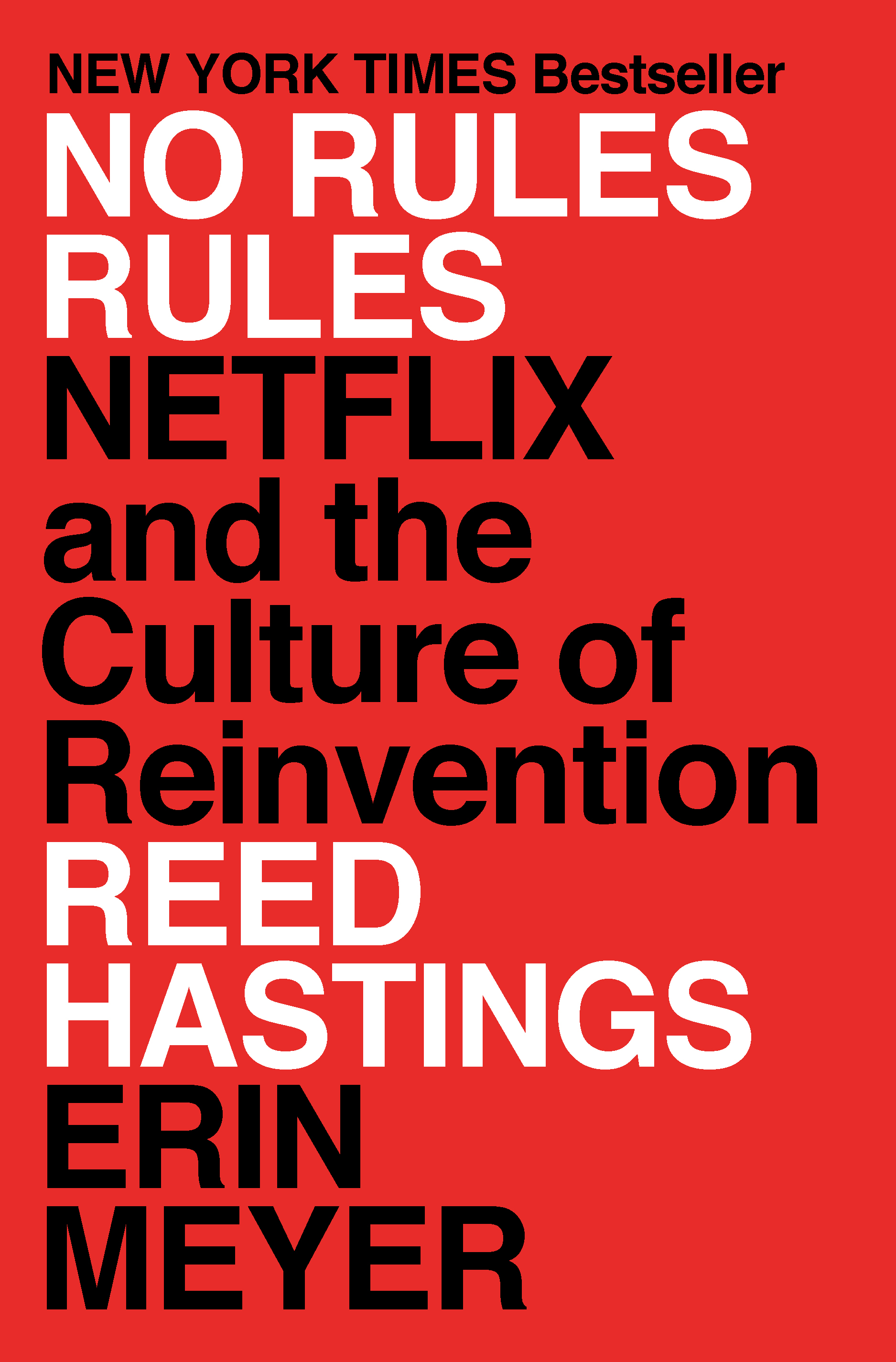Afterword to Self-Organization
The visit to Hyderabad gave me plenty to think about. I started with the obvious choice, because really the traffic there is out of this world.
Self-organization: under what conditions do a group of people perform best?
It’s a fascinating topic—I find everything fascinating, as you might have noticed by now—which blends part anthropology, sociology, psychology…
In the end, it’s about harnessing the power of Collective Intelligence, or the capacity of groups to solve problems and thrive.

In the book SCRUM, the Art of Doing Twice the Work in Half the Time, Jeff Sutherland—one of the founding fathers of Agile—claims that [quoting from memory, sorry, it’s too late…]:
top individual performers can be 10x better than average ones; but top teams are x200 better than average ones.
This means improving the performance of teams has more leverage than improving the performance of individuals.
But it’s a space that eludes easy formulas. It’s a complex problem.

I couldn’t resist using Reed Hastings’ No Rules Rules as illustration. It’s one clear example of a company advocating for self-organization.
This lead will take me to explore other classics like Reinventing Organizations or Team Topologies (for a more SW engineering focus).
There’s no shortage of material, specially in the tech world, on how to assemble teams, motivate them, create productive relationships and perform at its best.

I guess engineers like hard problems and creating high performance teams is one of them. As Jurgen Appelo writes in Management 3.0, this problem can hardly be modelled deterministically and belongs to the complex systems discipline: multiple variables and multiple states evolving over time. A game of life.
The video of Hyderabad I took it with my iPhone 📱 during a visit to the city center. Tried some color correction on Adobe Premiere (not very happy with the result), and uploaded to YouTube. I like it because it’s genuine and it’s mine, but it does not really convey the idea of self-organized chaos that I felt being there.
Thank God I found that GIF of an Indian intersection. That one does really reflect what it is.
When I was drafting the story—Saturday, 6.30am 🥱—I instictively started using the stream of consciousness style 💭. When I looked at the draft, I liked it. Following someone’s thought process works for me to understand the series of inputs/outputs. It’s a good resource to get someone on your same page. I hope it works here too.
I needed to distinguish the stream of consciousness part from the conclusions part, so I used this fade to gray style to reflect it. Not fully convinced, but okeyish…
When I post my photos 📷, I edit them heavily, shamelessly as you can see. My thinking is that my photos are my memories, and my memories are are not super defined, they are more like blurred traces. In Lightroom I’ll typically force an S-curve, push up the contrast and saturation, and put a lot of grain in there.

For the illustration of the crossroad, I decided to try a little Saul Steinberg's style. It's impressive how much could that man achieve with such simple traces. Simple is deceiving, though. It's very hard to replicate. In any case, I did the best I could.
Finally, I centered the Afterword link. It was about time.
That was it for this week.
Happy that I now have a couple of threads to pull from. Let’s see where they take me next week.
See you 👋.